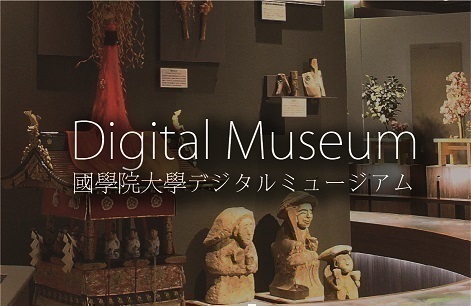- トップ
- Encyclopedia of Shinto
- Kokuyū keidaichi haraisage
Encyclopedia of Shinto
| Main Menu: | |
| Links: |
詳細表示 (Complete Article)
| カテゴリー1: | 3. Institutions and Administrative Practices |
|---|---|
| カテゴリー2: | Shrine Economics |
| Title | Kokuyū keidaichi haraisage |
| Text | A procedure adopted to deal with problems surrounding shrine lands (keidaichi) arising from the differing situation of shrines before and after World War II. Following the 1871 Shajiryō jōchi rei (Ordinance regarding the Return of Shrine and Temple Lands), most shrines' keidaichi became part of national land, and this provision was reinscribed by the 1899 Kokuyū rinya hō (National Forest Law). In 1921, the Kokuyū zaisan hō (National Property Law) made shrine lands a public resource and forbade their transfer or possession by individuals. However, national administration of shrines was abolished with the defeat in 1945, and the Kokuyū zaisan hō was reformulated so that shrine lands were no longer defined as public in character but rather had the same status as temple lands and hence were to be held without charge. But as preparations for the issuing of the postwar constitution progressed, it became an established principle that neither public funds nor national resources were to be given or lent to religious organizations such as shrines. This development presented the possibility that shrine lands (still defined as part of national land) could no longer be entrusted to their customary holders. Thereupon, shrine supporters began a campaign aimed at the occupation administration, the government, and politicians, to device a means whereby shrines could retain their lands at no cost. The result was the 1947 law to permit shrines to purchase shrine lands at half their actual value or to continue to hold them gratis. — Sakamoto Koremaru |




